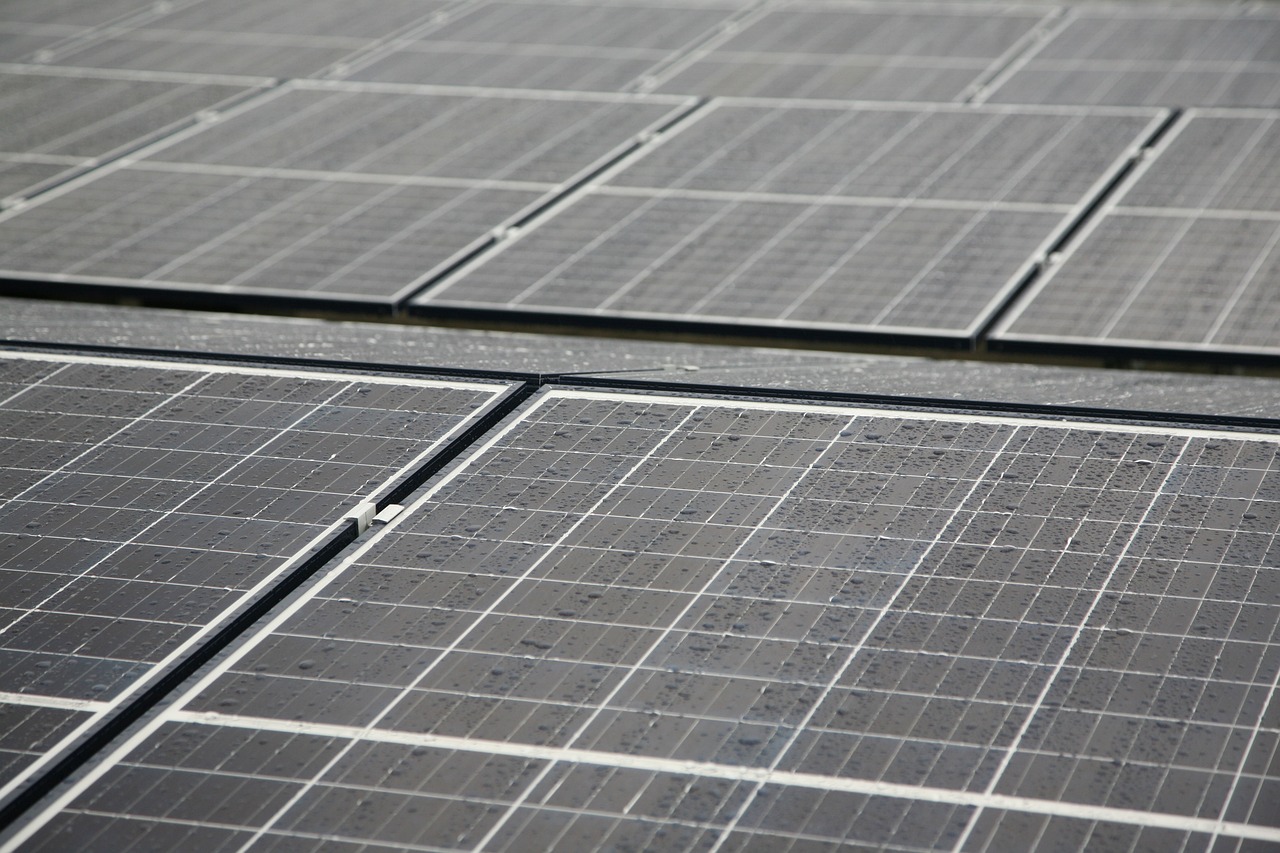Market Dynamics: Analysis of Australia's Energy Storage Sector
Australia's large-scale energy storage market is on the rise, with the end of last year seeing a six-fold increase in MWh capacity under construction compared to the end of 2023.
However, it's important not to forget that Australia's renewable energy market is primarily driven by rooftop photovoltaics (PV) in residential areas, with PV penetration rates virtually unmatched globally.
The latest annual report from PV consultancy Sunwiz dubs 2023 as the "Year of Large-Scale Storage" for Australia. The Australian Energy Market Operator (AEMO) predicts continued growth in large-scale storage for the remainder of the decade, with distributed installations set to rise significantly.
Key data shows that Australia had 12 GWh of large-scale storage under construction by the end of last year, compared to only 1.5 GWh commissioned in 2023. This year's development is expected to far exceed that of 2023, marking a period of intense growth in the coming years.
In recent months, Western Australia, operating as an isolated grid disconnected from other major states or territories, has emerged as a leader in energy storage. On a broader scale across Australia, large-scale storage is seen as an alternative or complement to building transmission infrastructure.
There is consensus that transmission infrastructure development is inevitable and will unlock significant volumes of low-cost bulk renewable energy. However, alternatives like more rapid deployment of additional large-scale storage and virtual transmission facilities could be faster than constructing a transmission line.
Future of the Large-Scale Storage Market
The large-scale storage sector (defined by Sunwiz as projects exceeding 10 MWh) has high barriers to entry. Initially dominated by government-funded or supported projects, Australia's major utilities have begun participating, with recent leadership from private investors and developers in certain projects.
However, there are doubts among industry professionals about how long the so-called "boom" in large-scale storage can sustain. It is noted that once Prime Minister Anthony Albanese's promised transmission infrastructure construction begins, transmission may diminish some roles of storage.
Distributed Storage to "Devour" the Large-Scale Market
As early as 2015, predictions suggested Australia's distributed PV would "devour" the large-scale PV market, a trend borne out as rooftop PV surged last year, while ground-mounted PV development and investment remained sluggish, akin to the storage situation.
There may be several years of rapid development in large-scale storage with many projects lined up, but in terms of growth rate, more distributed storage is expected due to its economic viability, minimal risk, and benefits to consumers often decoupled from purely financial perspectives.
Thus, there is a window of time for large-scale storage deployment, after which the focus may shift more towards distributed storage.
Subsidies Remain Key to Scaling Up
Currently, Australia's cumulative installed capacity is predominantly household storage, accounting for about 46% of the market, with large-scale storage making up approximately 44%.
With the already substantial installation base expected to continue growing, more household storage should be integrated into virtual power plants (VPPs), with currently only about 14% of household storage participating.
The challenge lies in homeowners' reluctance to relinquish their energy independence to the grid after investing in PV, which is often the primary motivation.
A project by the Australian Renewable Energy Agency (ARENA) once surveyed VPP participants, finding that "people don't really know what's happening in their VPP, just as they choose to join and hope or trust that it operates well without them suffering losses."
To enhance the role of distributed PV in grid stability, more storage should be "orchestrated" into VPPs. Achieving this is challenging in today's market, although suppliers should better communicate the benefits of participating in VPPs, bolstered by government incentives contingent on the experiences and feedback from the existing 14% of VPP customers.






